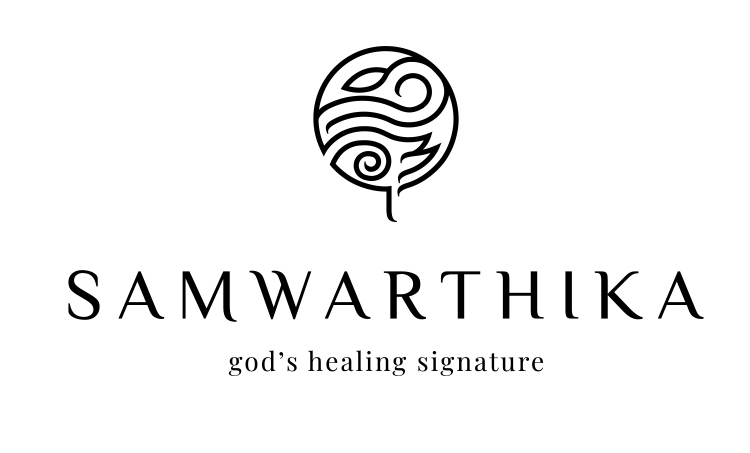Freeing the Neck: Navigating Life with Cervical Dystonia
Cervical Dystonia, a neurological disorder that affects the muscles of the neck, is a condition that can significantly impact an individual’s quality of life. While it remains relatively less known compared to other movement disorders, raising awareness and understanding of this condition is crucial. This blog aims to shed light on the intricacies of Cervical Dystonia, including its causes, symptoms, and it’s ayurvedic management options.
What is Cervical Dystonia?
Cervical Dystonia, also known as spasmodic torticollis, is a rare neurological disorder characterized by involuntary muscle contractions in the neck, causing the head to twist or turn to one side. These abnormal movements can lead to pain, discomfort, and difficulties in maintaining a normal posture. While the exact cause of Cervical Dystonia remains unclear, researchers suggest that it may involve a combination of genetic and environmental factors affecting the basal ganglia, the part of the brain responsible for controlling motor function.
According to Ayurveda, Cervical dystonia can be compared to ManyaStambh. When it occurs, there is stiffness in the neck region and VataDosha is the main reason for this condition. So, Ayurveda aims to minimize the symptoms by following Ayurvedic treatments and Herbal Remedies.
Types of Cervical Dystonia
Focal dystonia
This type of dystonia affects a small muscle group in the neck. It is caused due to overuse or repetitive stress and leads to affects musicians and golfers.
Generalized dystonia
This type of dystonia affects the cervical spine. Generalized dystonia typically affects muscles in the torso and limbs, and sometimes the neck and face.
Causes of Cervical Dystonia
- Family history of disorder
- Head, neck or shoulder injuries
- Inadequate support to neck
- Exposure to cold
- Carrying heavy weight and unbalanced load
Symptoms of Cervical Dystonia
Individuals with Cervical Dystonia often experience a range of symptoms, including:
- Involuntary head tilting or turning to one side
- Neck pain and discomfort
- Muscle spasms and contractions in the neck
- Abnormal posture
- Limited range of motion
- Headaches and associated muscular pain
- Swollen neck muscles
- Numbness or tingling sensation in arm or head
- Involuntary movement of the neck
These symptoms can vary in severity and may worsen with stress or fatigue. As the condition progresses, it can lead to emotional distress and impact the individual’s ability to perform daily activities.
Risk Factors
- Age: Commonly begins after the age of 30.
- Family history: Higher risk of this problem if close family member is suffering from this disease.
- Sex: Women have high chances of enveloping this disease
Panchakarma
Panchakarma treatment, according to Ayurveda, is effective for removing the causes of cervical dystonia. A wide variety of herbal and herbal-mineral drugs are used in Panchakarma treatment. Dystonia is a neurodegenerative disease that can be treated with Rasayana or a rejuvenating approach in Ayurveda. Rasayana drugs are usually nutraceutical agents, and MedhyaRasayana is a specific neuro-nutrient or nervine tonic with a nootropic effect.
Among Panchakarma Therapy, the most important of them are Nasya and Abhyanga.
Nasyam
Nasyam is one of the treatments in Panchakarma in Ayurveda. It is a treatment in which herbal medicines are instilled into nostrils. So Ayurveda recommends nasyam to cure the symptoms of cervical dystonia.
Abhyangam
Abhyangam or oil massage is a form of Ayurvedic therapy that involves massaging the entire body from the head to the toe with Dosha-specific warm herb-infused oil. This massaging helps to cure the painful condition.
PathrapottaliSwedam
This procedure of swedana worked due to Ushnaguna to stimulate the sympathetic nervous system & perform vasodilation. PatrapindaSweda is used mainly to provide relief from pain, inflammation, swelling & stiffness associated with bone, joint or musculoskeletal pains. It helps in strengthening the muscles, horns, nerves & tissues. It improves the circulation of blood and helps in reducing pain, stiffness & inflammation. It pacifies the vatadosha.
Vamanam
Vamanam is one of the panchakarma procedures in which the patient is made to vomit all the vitiated contents from the stomach, in order to cleanse the body.Specially the Kapha and Pitta Dosha brought to Amashaya (stomach and duodenum) from all over the body by the specific preoperative procedures and then eliminated out by inducing emesis.
For prevention and better management of Cervical Dystonia –
- Do not take excessive cold, dry, food.
- Take adequate rest.
- Avoid stress.
- Eat healthy food.
- Exercise regularly to improve muscle control.
- Choose the right diet in order to pacify aggravated vata with the help of a physician. A balanced diet can prevent the condition up to an extent.

